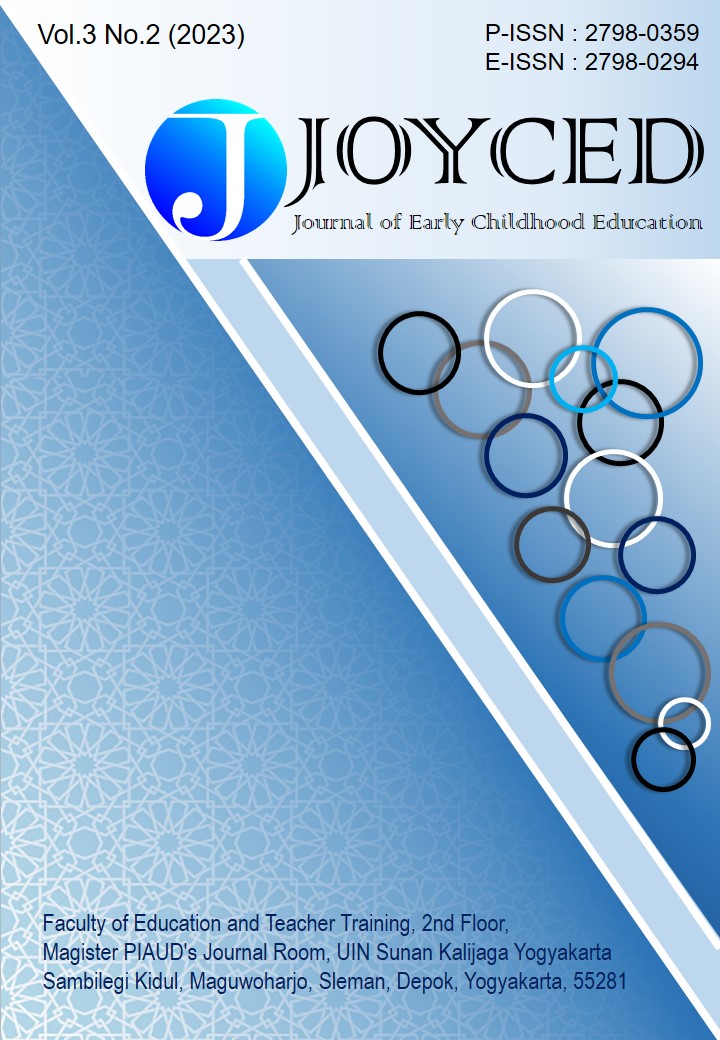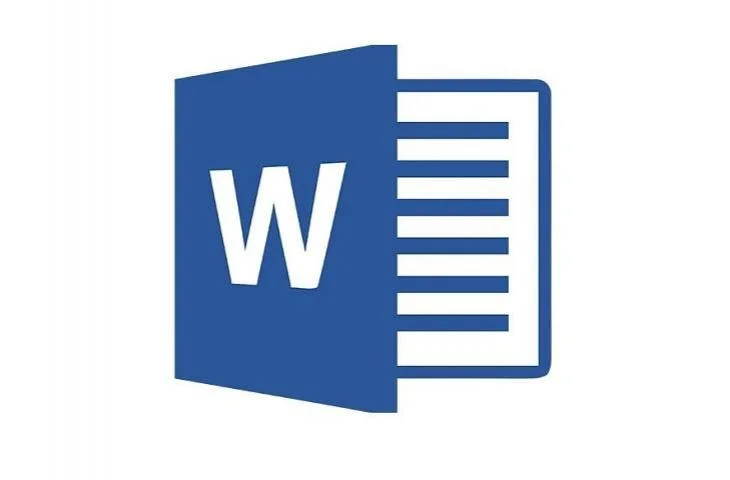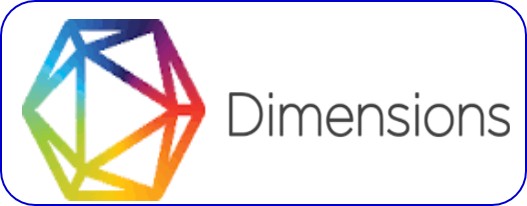Development of Interactive Learning Multimedia to Improve 5-6 Year Old Children's Understanding of Body Parts
DOI:
https://doi.org/10.14421/joyced.2023.32-07Keywords:
Early childhood, body parts, interactive learning multimediaAbstract
Using unattractive teaching media will make it difficult for children to understand the lessons. This research aims to produce interactive multimedia learning in body parts material that has been proven valid and practical for children aged 5-6 years. This type of research uses the Alessi & Trollip development model. The subject of this research is Interactive Multimedia Learning Material on Body Parts, which goes through the planning, design, and development stages. The objects of this research were Group B children of Robbani Indralaya Kindergarten. The research procedures carried out in this research went through four stages: planning, design, development, and evaluation. Meanwhile, the data collection techniques used in this research are walkthrough, observation, interviews, and documentation. The data analysis technique uses walkthrough data analysis and observation data analysis. This media has proven to be valid and practical. Based on research on developing interactive multimedia learning material on body parts for children aged 5-6 years. So, this media can be used by teachers or parents to teach body parts to children aged 5-6 years.
Downloads
References
Abidin, Z. (2017). Application of learning media selection. Edcomtech: Journal of Educational Technology Studies, 1 (1), 9–20.
Amirono. (2017). Evaluation and assessment of learning in the 2013 Curriculum. Gava Media.
Aziz, S. (2020). The Role Of Teaching Materials In Developing Language In Early Children. EJoES (Educational Journal of Elementary School). https://doi.org/10.30596/ejoes.v1i3.7220
Daryanto. (2016). Learning media is very important in achieving learning goals/author Daryanto | OPAC National Library of the Republic of Indonesia. In Yogyakarta ; Gava Media .
Donna, R., Egok, AS, & Febriandi, R. (2021). Development of Powtoon-Based Interactive Multimedia in Thematic Learning in Elementary Schools. Basicedu Journal, 5 (5).
Faris, A., & Lestari, AF (2016). Interactive Alphabet Learning Animation Design in Early Childhood Education. AMIK BSI Computer Engineering Journal (JTK), II (1).
Firmantoro, K., & Rikardo Nainggolan, E. (2016). Interactive Animation of Animal Introduction for Early Childhood Education. Nusa Mandiri TECHNO Journal , XIII (2).
Halimah, L. (2016). Development of Early Childhood Education Curriculum. Bandung: Refika Aditama .
Julia, J., Fadillah, F., & Astuti, I. (2017). Development Of Multimedia Learning To Introduce The Concept Of Numbers To Kindergarten Children In Global Advanced Equacur. Journal of Equatorial Education and Learning (JPPK), 6 (11).
Khadijah, K. (2016). Early Childhood Cognitive Development.
Mahardika, A., & Destiana, H. (2014). Interactive animation learning about the introduction of animals and means of transportation for kindergarten students. Pilar Nusa Mandiri Journal , 10 (1).
Ningsih, Yunimar, S., & Suryana, D. (2020). Curriculum Development Design In Early Children's Learning. Scientific Journal of Educational Sciences.
Putra, LD, & Ishartiwi, I. (2015). Development Of Multimedia Interactive Learning In Recognizing Numbers And Letters For Early Children. Journal of Educational Technology Innovation, 2 (2). https://doi.org/10.21831/tp.v2i2.7607
Rasmani, UEE, Wahyuningsih, S., Nurjanah, NE, Jumiatmoko, J., Widiastuti, YKW, & Agustina, P. (2023). Interactive Learning Multimedia for PAUD Teachers. Obsession Journal: Journal of Early Childhood Education, 7 (1), 10–16. https://doi.org/10.31004/obsesi.v7i1.3480
Saputri, DY, Atmojo, IRW, & Ardiansyah, R. (2021). Validation Of Game-Based Interactive Multimedia Experts In The Era Of Digitalization For Primary School Students. Pajar Journal (Education and Teaching), 5 (4). https://doi.org/10.33578/pjr.v5i4.8375
Sudjana, N. (2016). Assessment of Teaching and Learning Process Results. Rosdakarya Teenager.
Sugiyono. (2017). Quantitative, Qualitative, and R&D Research Methods. Alphabet.
Sunarti, & Rahmawati, S. (2014). Assessment in the 2013 Curriculum: Helping Teachers and Prospective Teachers Know the Steps for Learning Assessment. Andi Offset.
Wahyuni, I. (2018). Selection of Learning Media. Journal of Education, 1 (1), 8. http://eprints.umsida.ac.id/3723/
Yuliana, FD, Susilaningsih, & Abidin, Z. (2022). Development Of Mobile-Based Interactive Multimedia In English. JKTP: Journal of Educational Technology Studies, 5 (1). https://doi.org/10.17977/um038v5i12022p011
Zega, I.D., Ziliwu, D., & Lase, N.K. (2022). Development of Web-Based Interactive Multimedia Learning Media on Biodiversity Material. Educativo: Journal of Education, 1 (2). https://doi.org/10.56248/educativo.v1i2.60






.png)











